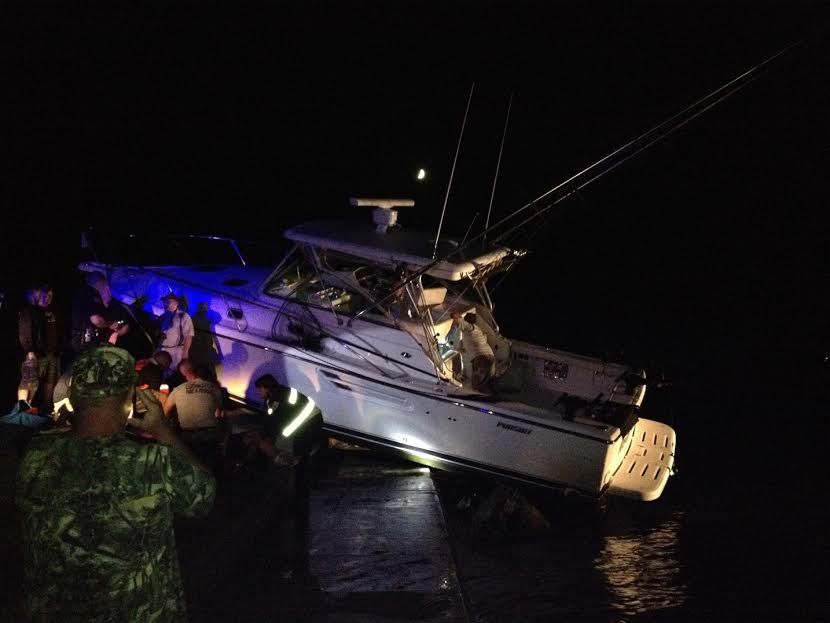Tips for Avoiding Breakwaters

During the boating season, nearly every week we hear of a boat going mano-a-mano with a breakwater. It almost always happens at night. Here are some tips on how to keep your running gear in one piece:

1.) Do not go any faster at night than you can see ahead what is actually on the water—and avoid it. This means drive slowly at night.
2.) Don't assume that you know where you are, even if it is in your home port: Everything appears differently at night – and sometime in broad daylight. Stop, get your bearings, make sure you are in the right location, and then proceed carefully.
3.) In the daytime, approach all harbors, bays, inlets, beaches, and moorage areas with caution. Just because you don't see a breakwater doesn't mean there isn't one there, either man-made or natural. Check your charts and chart plotter and confirm what you are seeing with actual visual evidence: Look for channel markers; and, if you are unsure, get on the VHF and ask for advice from the locals.
4.) Never drive under the influence of alcohol. Many accidents of this type occur after leaving the local sea-side snuggery for home port. Have a designated driver, just like with your automobile.
5.) Don’t leave the helm unattended when you are on autopilot. The unit is blind, and occasionally goes on the fritz.